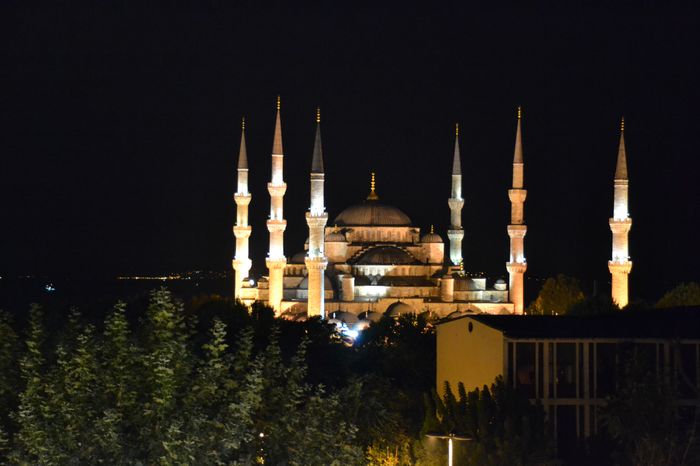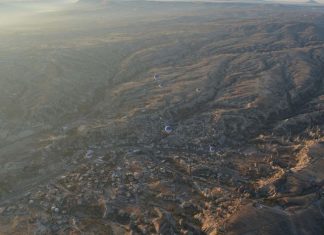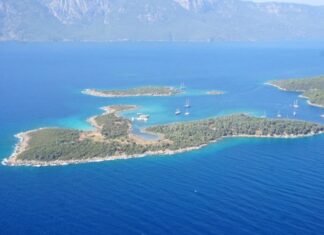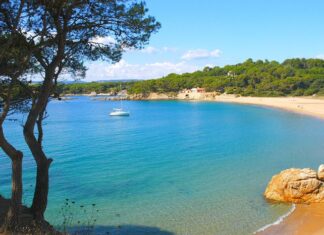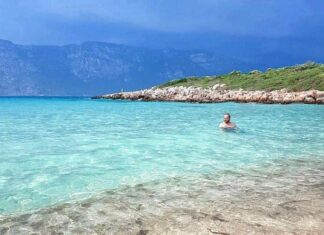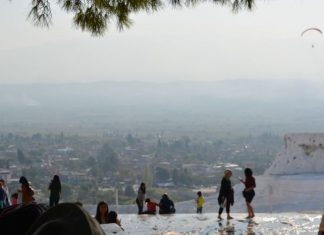Home Blog
The Journey to Delphi
Routes to Delphi
Traveling to Delphi in ancient times was not an easy task. From Thebes, one could go westward on a difficult journey that...
Demosthenes Life and Death
Early Life and Career
Demosthenes was the son of a wealthy furniture-dealer in Athens. Born into privilege, he received a good education and later became...
Socrates Life and Trial
Early Life and Background
Socrates was born in Athens in 469 B.C. His father was a sculptor, and Socrates himself also learned this craft. For...
Esyllt and Sabrina Part 5
A Tale of Friendship and Destiny
The story of Esyllt and Sabrina continues a journey filled with legends, emotions, and lessons. Both characters, drawn from...
Decorative Art of the Golden Gate
The outer entrance of the Golden Gate was not only a strong military structure but also a beautifully decorated monument. It reflected the artistic...
Porta Aurea
The Grand State Entrance
The Porta Aurea, also known as the Golden Gate, was the official ceremonial entrance into the city of Constantinople. It was...
Support for Dating the Golden Gate to Theodosius the Great
There are several reasons to believe that the Golden Gate (Porta Aurea) was built during the reign of Theodosius the Great. One strong piece...
The Troubling Reign of King Alexander
King Alexander of Serbia is a deeply flawed ruler, and his reign is considered disgraceful. His appearance suggests a troubled individual, almost as if...
The Troubled Reign of Milan and the Rise of Alexander
For many years during the reign of King Milan of Serbia, domestic troubles and scandals within the royal court became a subject of gossip...
Sovietization of Bulgaria
On 4 December 1947, Bulgaria's Grand National Assembly, where the Bulgarian Communist Party held an absolute majority, adopted the "Constitution of the People's Republic...
